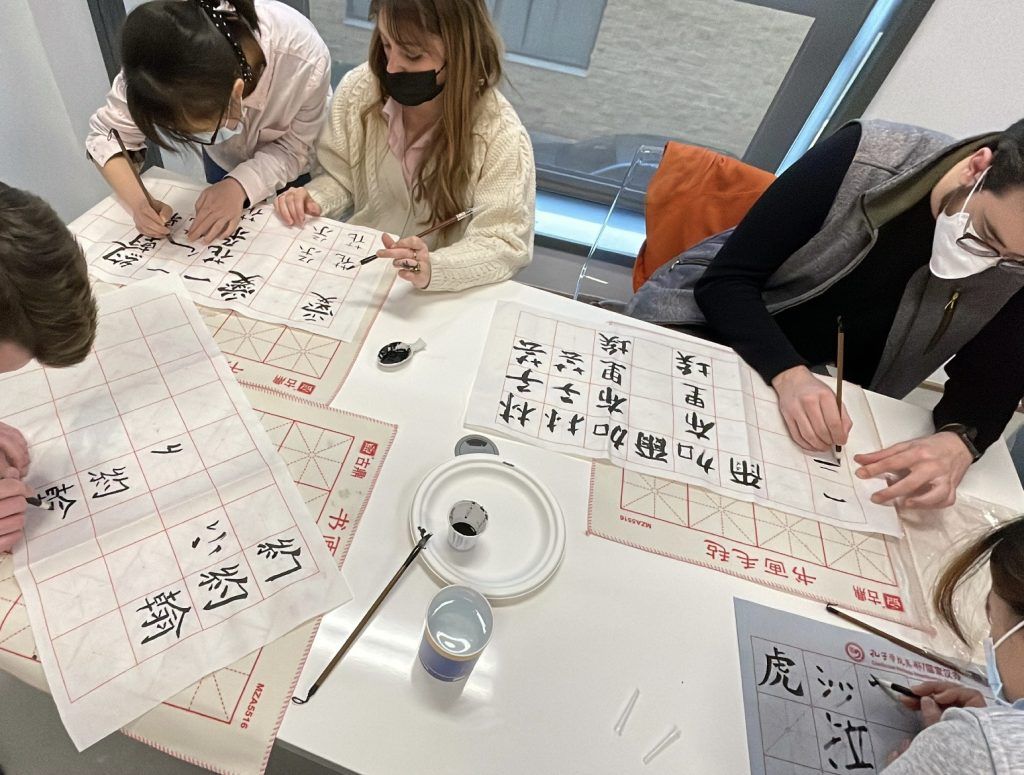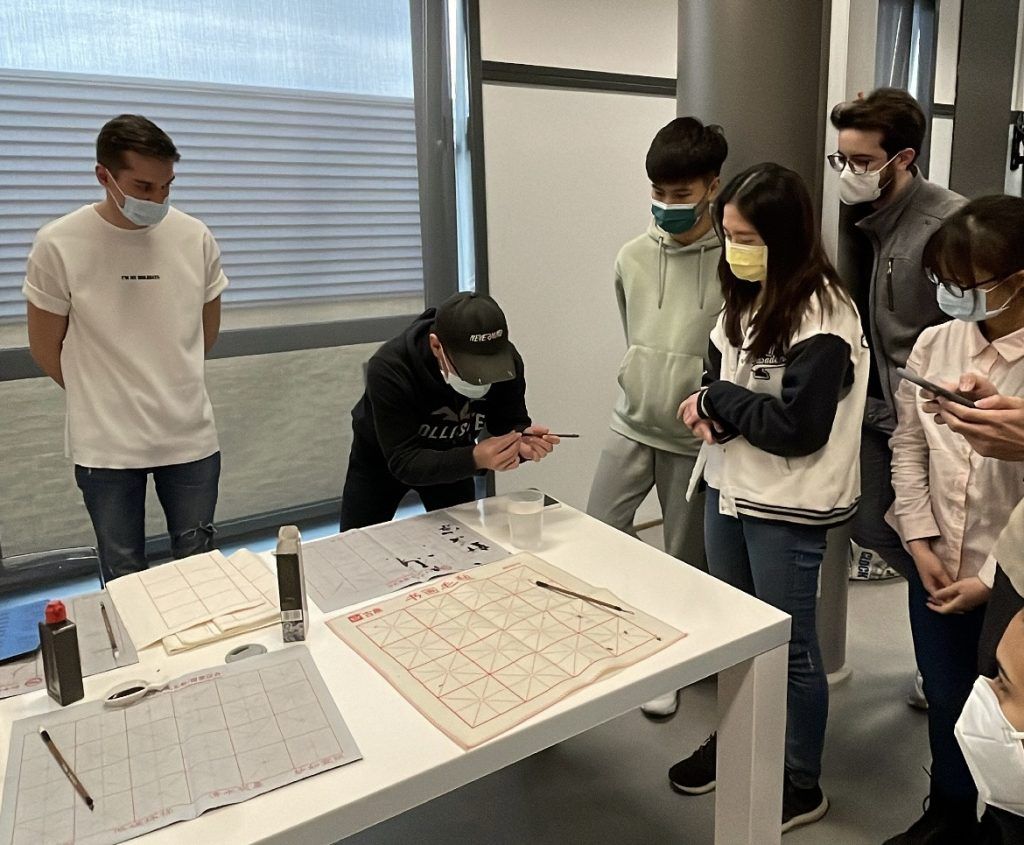When you hear people talk about Chinese culture, what colours come to mind? Perhaps many different ones, but probably red most of all, right? There’s a reason for that – and a story to it too!
The story behind the origins of the Chinese New Year celebrations is certainly memorable.
It is said that the Chinese New Year celebrations go back to the defeat of a mythical beast, Nian, which ate cattle and any peasant unlucky enough to cross its path. However, the brave inhabitants of one village came out to fight Nian, by painting its streets red and using fireworks. The beast fled and disappeared, but the way it had been defeated persisted and became a ritual for people to perform to ensure a prosperous and peaceful life.
In Western cultures, we celebrate New Year’s Eve, as a way of welcoming the new year beginning on 1st January – signifying that the Earth has just completed its annual orbit of the Sun. It doesn’t seem so exciting when you think about it like that, but everyone has a great time.
And of course, for university students, it can be hard to let your hair down completely for New Year’s Eve.
We enjoy welcoming a new year, of course, but with one eye on the upcoming exams. The following weeks are tough: hours can seem like days, and days like years.
And then, finally, it’s 1st February. We finally get to sit next to our friends again in lectures, as we start new courses and take on new challenges.
And it just so happens that this year, 1st February is the beginning of the Chinese New Year this time around.
2022 is the Year of the Water Tiger. It’s a symbol of strength, courage and the end of evil.
To mark this marvellous coincidence, on the afternoon of the 15th February the CEU Languages Service organized a Chinese calligraphy workshop which was open to all students.
It took place in The HUB 101 in the Humanities and Social Sciences Building. Around twenty students took part, hailing from places across the world, including Taiwan, France and Spain.
The workshop kicked off with a presentation in English from one of the Languages Service’s student assistants, with some fascinating information about Chinese calligraphy.
The participants were then able to create their Chinese characters using different brushes and inks, with the experts in Chinese calligraphy showing the uninitiated what to do and how to create some beautiful Chinese characters.








